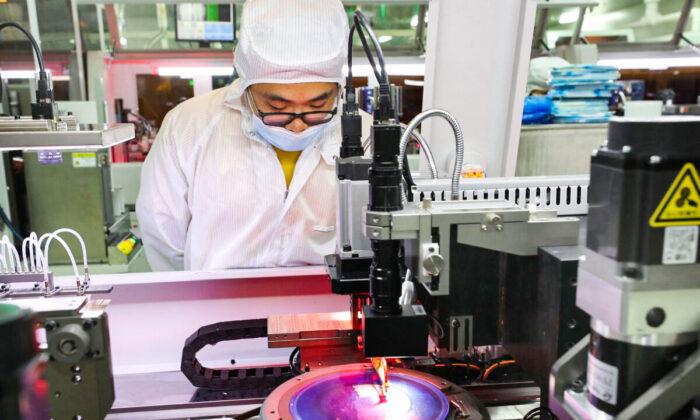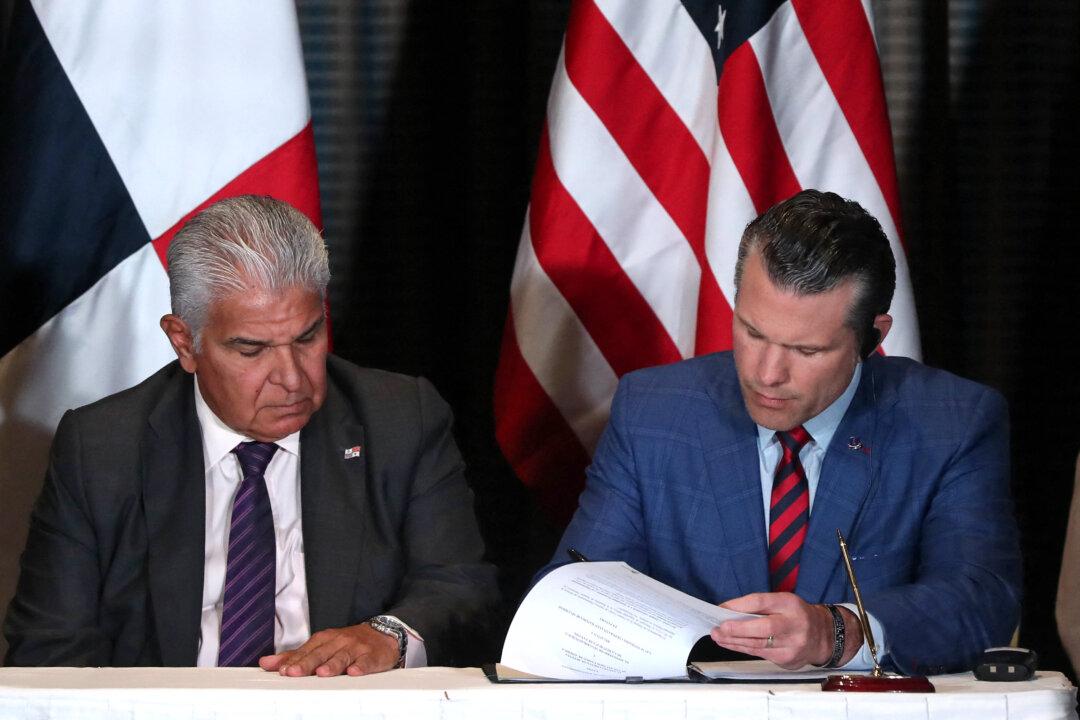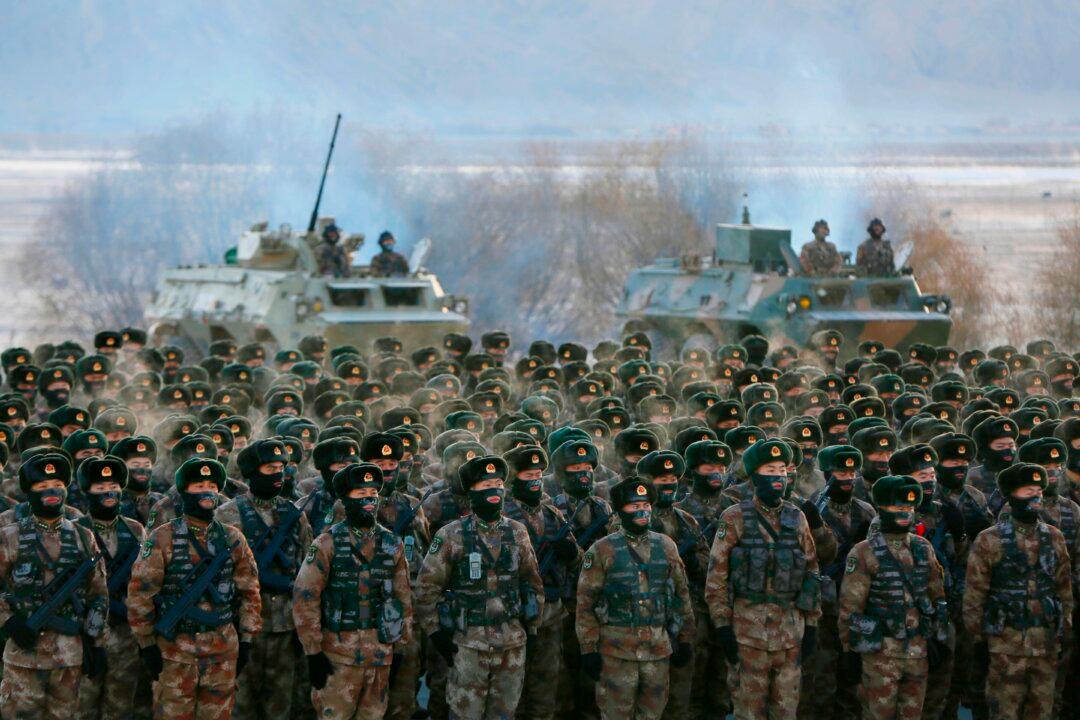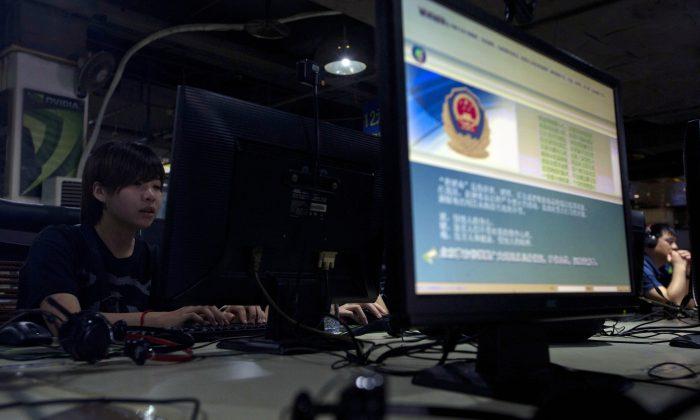Commentary
Sanctions against China and Russia are leaking across a broad swath of goods to the point of ineffectuality, according to new reporting this week.
U.S. export controls on high-efficiency
computer chips to China, for example, have been ineffective at stopping the chips’ use in Beijing’s nuclear weapons labs. Decades after the sanctions were imposed in 1997, one of the Chinese Communist Party’s top labs continued to acquire controlled chips. Those acquisitions likely continue today. U.S. sellers of chips used by China’s nuclear weapons industry include the California companies Intel and Nvidia.
Similar problems bedevil
sanctions on Russia. Sanctioned items, including anything from sonar to luxury cars and heat pumps, may legally cross the land border into Russia from Finland, for example, as long as they are on their way to third countries like Kazakhstan or Georgia. Once the items get into Russia, however, Moscow obviously does not enforce the sanctions against itself. The sanctioned items can then be sold for a premium to Russian buyers.
Oil is Russia’s most lucrative export, and
China is Russia’s biggest export destination. “China’s increased purchases of Russian exports, driven by energy sales, more than offset the declines from major Western trading partners including the United States, UK, and some European Union countries,” according to
The Wall Street Journal.
Sanctions on Russia and China, therefore, have pushed their trade toward each other and away from the rest of the world. This makes their defense production supply chains more resilient. China ships
drones, semiconductors, and microchips to Russia, for example, all of which can be used for military purposes.
Despite targeted sanctions on Russian chip imports, they increased between 2021 and 2022 from $1.82 billion to $2.45 billion.
Kazakhstan, Kyrgyzstan, and Turkey also sell chips to Russia. As late as December 2021, the United Arab Emirates and Singapore continued to export drones to Russia, according to data analysis by the Free Russia Foundation. The share of imports from Russia jumped between 2021 and 2022 for China, Turkey, and Italy.
The latter country isn’t the only democracy trading with Russia.
Shortly after sanctions hit, a major Russian shipping company gave control of 25 of
its oil tankers to a small Indian company that had never before managed a ship. The Indian company is now supplying oil to an expansive network across India, Turkey, and the Mediterranean. A Dubai-based company, and one from Greece, are also moving Russian oil.
This is partly by design. Most Russian oil is sold below the price cap of $60 per barrel imposed by the West as an alternative to an outright ban. An outright ban, it was feared, would increase energy price inflation.
But the lack of a ban paired with an artificially low price is also expanding Russia’s global market share of energy exports. Russian oil exports increased from about 140 billion barrels in December to almost 160 billion barrels in January.
The U.S. economy is one of the beneficiaries, but only in the short term. Russian oil is refined in
India, for example, and likely exported to countries with sanctions, including the United States. This increases the supply of oil and gas on U.S. markets, and decreases their price. Australia, the Netherlands, South Korea, and Singapore also benefit.
But the biggest beneficiary of all is Russia. It continues to accrue over $100 billion dollars in oil revenues despite threatening war against NATO and executing war against Ukraine, including its innocent civilians.
The world is in a precarious state. China’s communist regime is planning a major invasion of Taiwan that could take place within the next few years. Iran is adding fuel to the fire by
supplying lethal drones to Russia. Iran’s weapons factory was attacked by Israel’s intelligence services on Jan. 28, according to officials. China and North Korea are expanding nuclear weapons capabilities to the point of causing most South Korean citizens to support the acquisition of their own nuclear deterrent.
Increasing sanctions on Russia, China, Iran, and North Korea—the world’s four most dangerous dictatorships—is probably the right approach. Not to penalize them for their aggression would invite more of the same from not only them, but from other dictators around the world who are watching the response of the United States and our allies for any sign of weakness.
But sanctions must be imposed with clear eyes. Increasing sanctions on the four rogues will drive them closer together and could provoke them further.
In the best-case scenario, it could force some of them away from aggression and toward democratization.
The only other alternative is appeasement. Down that road is more conflict with an emboldened and strengthened adversary. More sanctions and export controls, therefore, are the least risky of a suite of risky options.
Views expressed in this article are opinions of the author and do not necessarily reflect the views of The Epoch Times.





